It's been over a month since I've updated my progress on the Chargeless Charger. Next weekend, I plan to run the engine and drive the car for the first time after starting all this wiring repair work. Which began in the first half of August.. Almost 4 months later..
Replaced the engine harness with one from Evans Wiring Harnesses. Cut the 12 gauge black ALT BATT wire from the previous engine harness, and now have it running from the ammeter to the firewall. Cut the 12 gauge red Battery wire that ran from ammeter to the bulkhead disconnect, from an old engine harness that I found in a box, that came with the extra car parts.
Did NOT cut a new hole in the firewall. Instead, routed those through an existing hole in the firewall that is close to the bulkhead disconnect. Installed a rubber grommet that came from NAPA Auto Parts in the hole. This hole had 3 wires running up over the power brake booster. It now has the two charging wires running through it too.
The two charging wires connect to the engine harness and headlight harness via PowerPole connectors. The bulkhead disconnect is completely bypassed now for these two wires.
I have PowerPole connectors inside the car for 7 of the steering column wires, replacing the damaged Molex connectors for those wires.
Had to extend 3 wires (2 steering column wires and 1 ignition run wire with new packard connector to the bulkhead) by soldering new wire to them.
The PowerPole connectors don't connect to each other as solidly as I'd like. Doesn't take much force to pull them apart. I hope they stay connected and don't come apart on their own while I'm driving around.. I'm not fully sold on these connectors. Time will tell.
I added a couple photos of my solder extensions on a 14 and 12 gauge wire. The 16 and 14 soldering went well. The 12 gauge was a bitch, and didn't turn out as well as I'd like. The photos were taken before sliding the heat shrink tube over the connections and heating it, which I did with a hair dryer. The brown 14 gauge extension is what a good solder splice should look like. The blue 12 gauge solder is not as good. The thicker the wire the harder it was for me to get a good solder.
View attachment 1033951 View attachment 1033952 View attachment 1033953 View attachment 1033954 View attachment 1033955

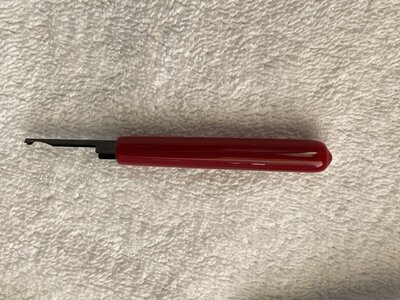
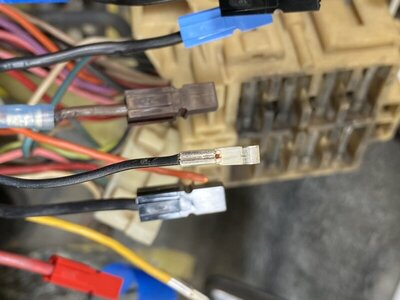
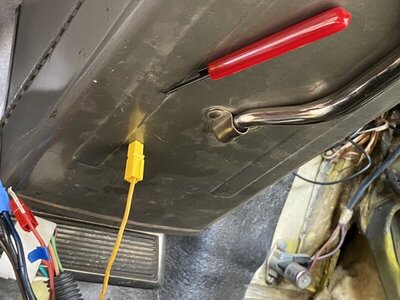
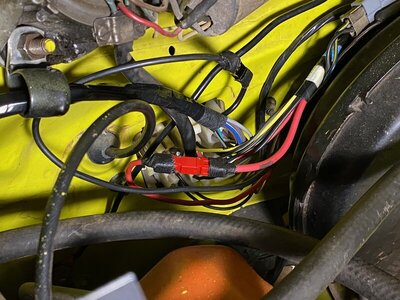
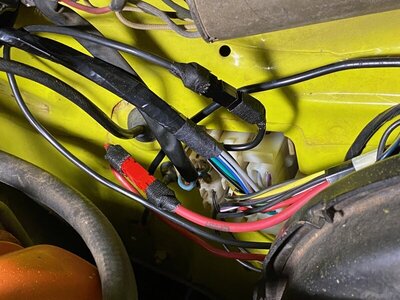
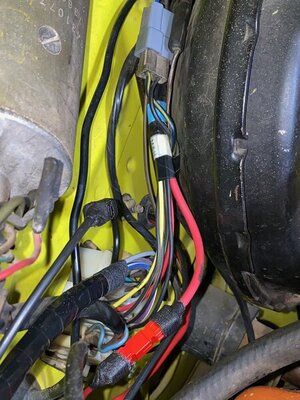
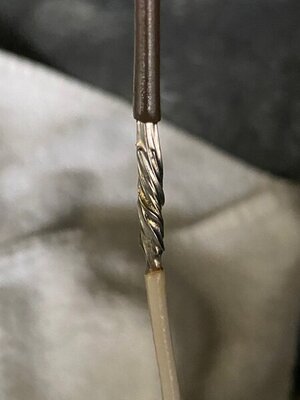
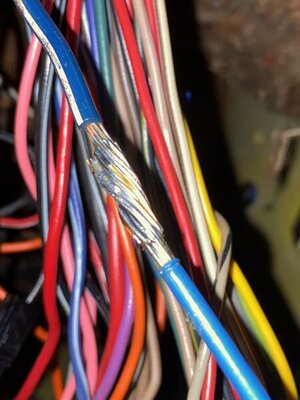
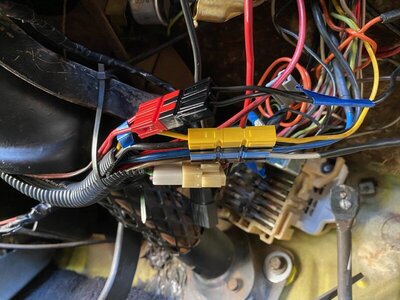
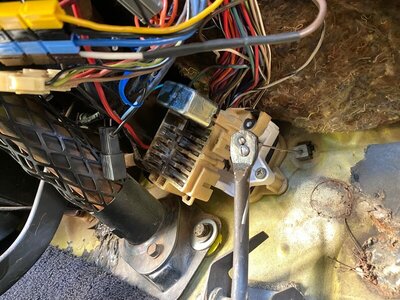
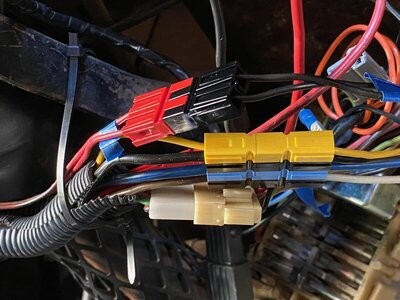
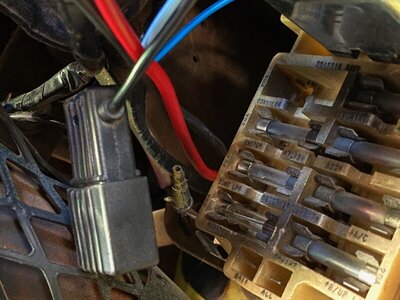
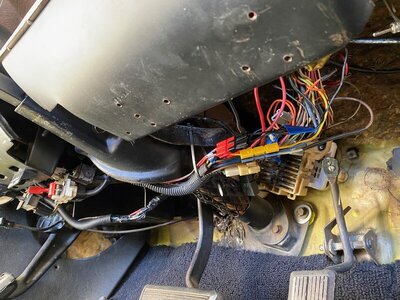
 And in more than one way!
And in more than one way!













